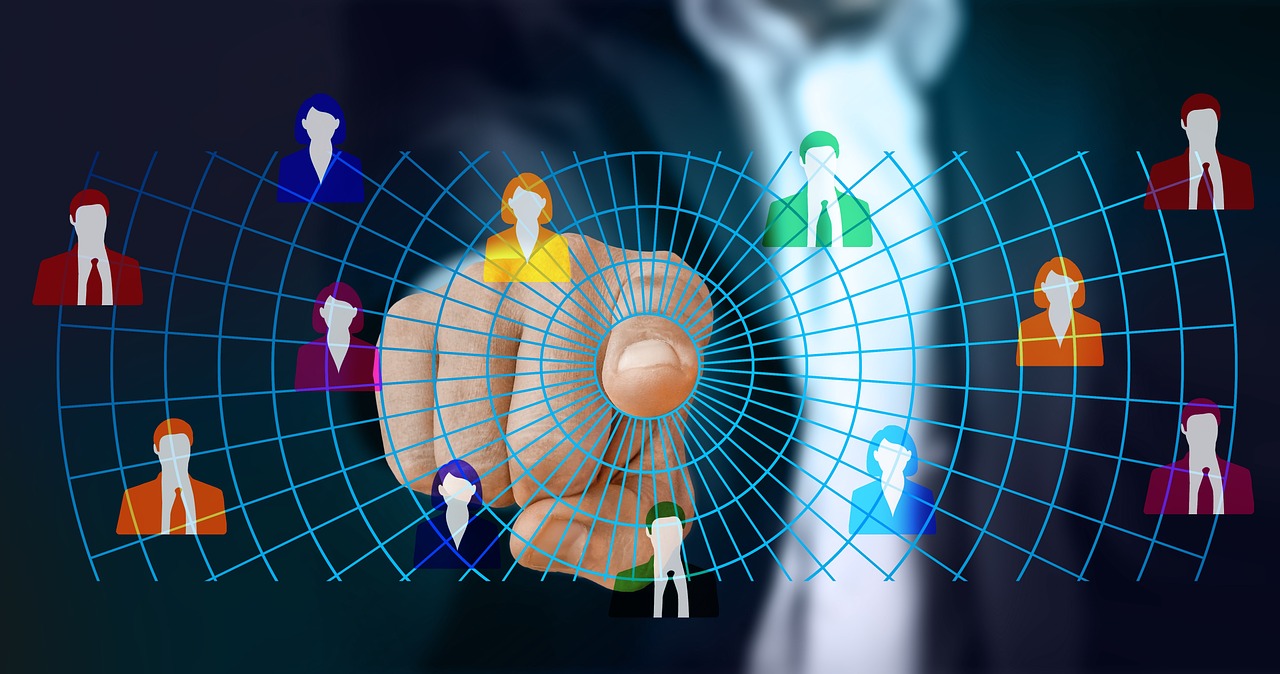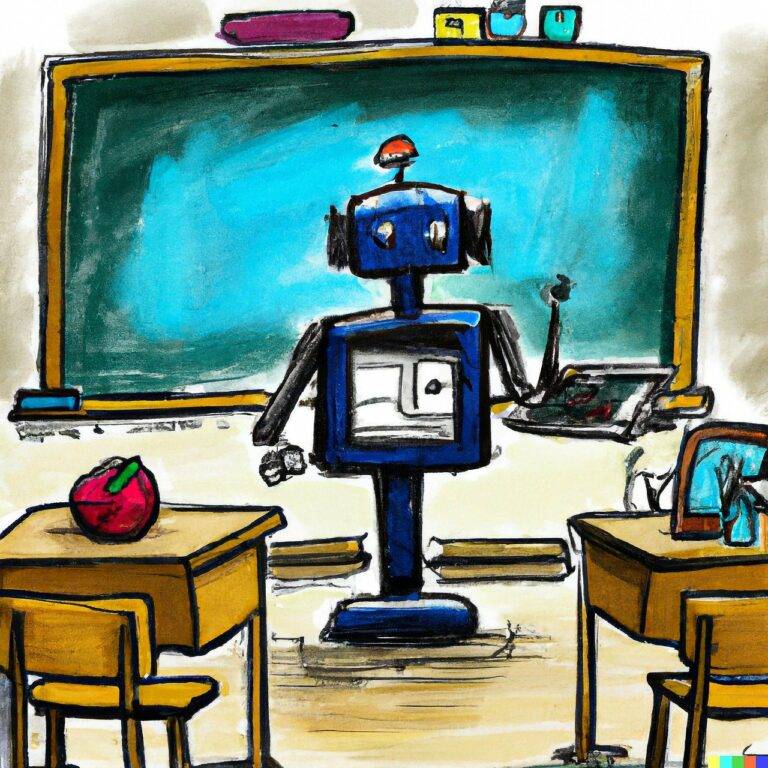Exploring the Role of AI in Wildlife Rehabilitation and Release Programs
Wildlife rehabilitation programs play a crucial role in the conservation of various species that are at risk due to accidents, injuries, or other human-related impacts. These programs provide a safe haven for injured or orphaned animals, offering them proper care and medical treatment to recover and eventually be reintroduced back into their natural habitats.
Furthermore, wildlife rehabilitation programs serve as educational resources for the public, raising awareness about wildlife conservation and the importance of coexisting harmoniously with the diverse species that share our planet. Through outreach initiatives and interactions with trained rehabilitators, individuals can gain a deeper understanding of the challenges faced by wildlife and how they can contribute to their preservation.
How Artificial Intelligence is Revolutionizing Wildlife Rehabilitation
Wildlife rehabilitation programs have long been crucial for the well-being of injured and orphaned animals. With advancements in technology, specifically in the realm of artificial intelligence (AI), the field of wildlife rehabilitation is experiencing a revolutionary transformation. AI has the capability to analyze vast amounts of data swiftly and efficiently, aiding in diagnosing, treating, and rehabilitating wildlife with greater precision than ever before.
One of the key ways AI is making waves in wildlife rehabilitation is through the development of algorithms that can assist in the early detection of diseases and injuries in animals. By analyzing patterns and anomalies in data collected from various sources, AI can help wildlife rehabilitators swiftly identify health issues in animals, leading to quicker and more effective treatment plans. This streamlined process not only ensures the well-being of the animals but also optimizes resources and expertise within wildlife rehabilitation centers.
What is wildlife rehabilitation?
Wildlife rehabilitation is the process of providing care and treatment to injured, sick, or orphaned wild animals with the goal of releasing them back into their natural habitats.
Why are wildlife rehabilitation programs important?
Wildlife rehabilitation programs play a crucial role in helping injured or orphaned animals recover and return to the wild. They also contribute to the conservation of endangered species and help maintain the balance of ecosystems.
How is artificial intelligence being used in wildlife rehabilitation?
Artificial intelligence is being used in wildlife rehabilitation to improve the efficiency and effectiveness of various processes such as animal diagnosis, treatment planning, and monitoring. AI technologies like machine learning and computer vision can help analyze large amounts of data and make more accurate predictions for the care of animals.
What are some examples of how AI is revolutionizing wildlife rehabilitation?
Some examples of how AI is revolutionizing wildlife rehabilitation include using facial recognition technology to identify individual animals, developing algorithms to track animal movements and behaviors, and using predictive modeling to anticipate potential health issues in wildlife populations.
How can AI benefit wildlife rehabilitation programs?
AI can benefit wildlife rehabilitation programs by providing faster and more accurate diagnoses, improving treatment outcomes, optimizing resource allocation, and enhancing the overall management of wildlife populations. By leveraging AI technologies, wildlife rehabilitators can make more informed decisions and ultimately help more animals in need.





